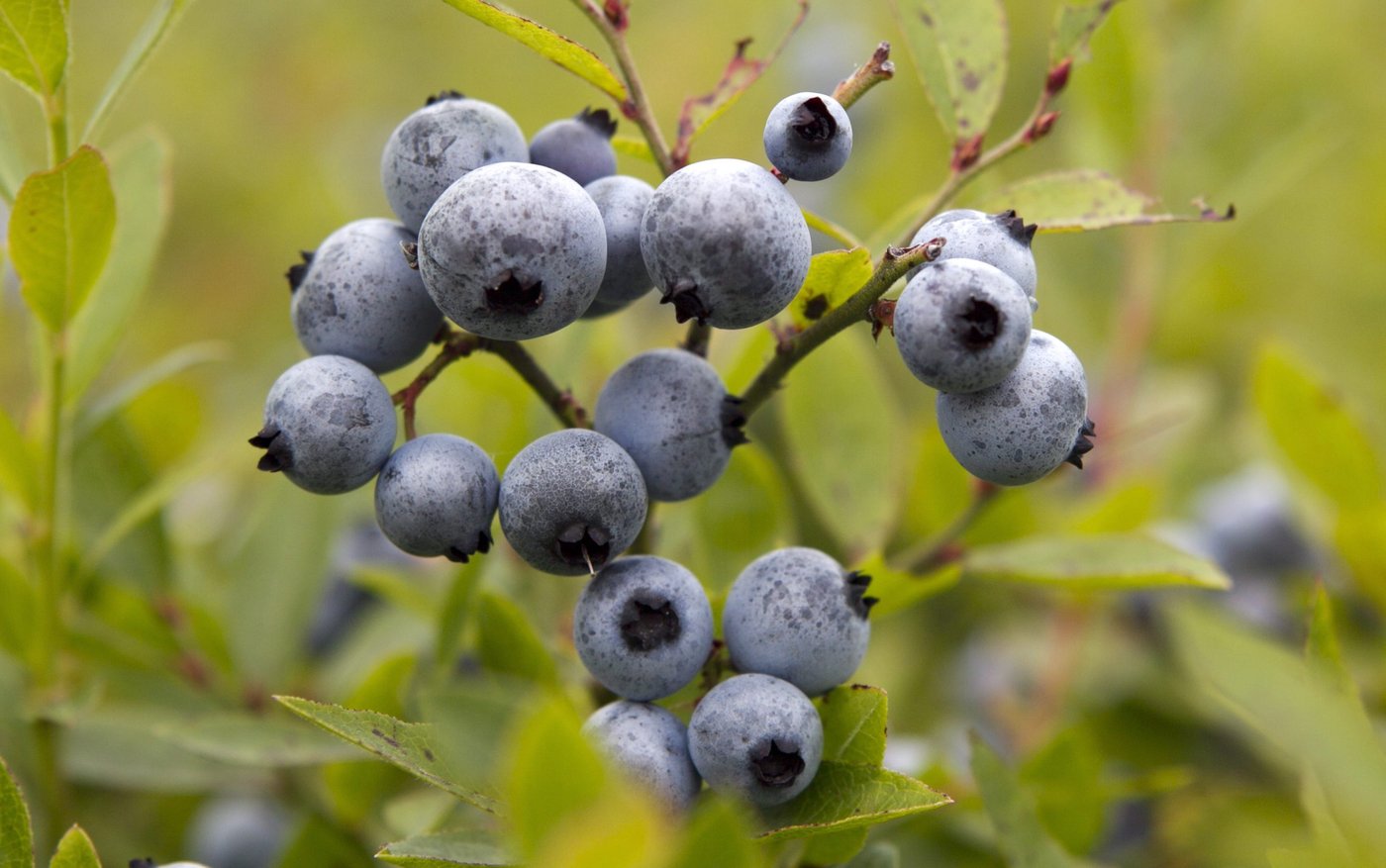Elevate your local knowledge
Sign up for the iNFOnews newsletter today!

HALIFAX — This summer’s prolonged drought across Atlantic Canada has had a costly impact on wild blueberry growers in New Brunswick and Nova Scotia.
Donald Arseneault, general manager of the NB Blueberries industry group, says that as this year’s harvest was wrapping up, the total yield was believed to be 70 per cent less than the previous three-year average.
“This year has been tremendously dry and we haven’t really seen this in a long time,” Arseneault said, adding that this year’s crop amounted to about 20 million pounds, down from the annual average of 68 million pounds.
The industry, which ships its product around the world, was also hurt by delays caused by the provincial government’s decision to temporarily shut down the harvest as it tried to deal with a growing number of wildfires that flared up amid tinder-dry conditions.
“Farmers have lost so much money,” Arseneault said. “Unfortunately, we’ll probably see this again in future years as we all battle through climate change.”
Some of the province’s 175 wild blueberry farmers are now thinking about selling land to make ends meet, and they want financial compensation from the province’s Liberal government, he said.
“We’ve knocked on the government’s door,” Arseneault said. “We’re preparing our data and … we’re hoping that the government will be there at the table with us to find a way.”
The wild blueberry industry estimates it contributed $81 million to the New Brunswick economy in 2021, the latest date for which figures are available.
The world’s only commercial wild blueberry industry is concentrated in Atlantic Canada, Quebec and Maine, where the export-driven industry routinely boasts of how its wild plants — also known as lowbush blueberries — produce a sweeter, more potent flavour than their cultivated highbush counterparts.
In 2024, lowbush blueberries were Canada’s second most valuable fruit export, generating $313 million, according to Statistics Canada data. Highbush blueberries generated the most export value at $382 million. Apples, cranberries and strawberries were the next most valuable exports.
As their name implies, wild blueberries can’t be planted. Instead, they can only be encouraged to grow by producers who tend to a crop that can only be found in highly acidic, well-drained soil. Their cultivated cousins are planted in rows like most other crops.
In Nova Scotia, wild blueberries represent the province’s most valuable export crop, generating $121 million in annual exports, well ahead of the apple industry’s $31 million, according to provincial data.
Janette McDonald, executive director of the Wild Blueberry Producers Association, says hot, dry weather is being blamed for reducing yields by 55 per cent to about 20 million pounds. As well, she says higher-than-average overnight temperatures also hurt the plants.
“Also of concern is what next year’s crop is going to look like,” she said in an interview. “Wild blueberries are biennial. So we have fields that don’t produce in one year, and those are called sprout fields. And this year, the sprout fields are also seeing damage.”
Prices being paid to growers are rising amid a lack of supply, she said.
“For many growers, even with an increase in the price that’s paid to them, they’re really not meeting their cost of production,” McDonald said, adding that prices were low in the last two years. “So it’s tough for growers to manage the downturn.”
Still, she said it’s difficult to determine the impact on growers because many of them have other crops to rely on, and others have jobs outside of farming.
“I think it’s too early to tell what that’s really going to look like in the months ahead, but certainly the market demand is there.” McDonald said.
A spokesperson for the P.E.I. Wild Blueberry Growers Association could not be reached for comment, but published reports suggest the Island’s yields have not fallen as sharply as that of their closest neighbours.
In 2023, Quebec accounted for 42 per cent of Canada’s wild blueberry production, followed by New Brunswick at 25 per cent, Nova Scotia at 21 per cent and P-E-I at 11 per cent, according to federal data.
This report by The Canadian Press was first published Sept. 30, 2025.
Want to share your thoughts, add context, or connect with others in your community?
You must be logged in to post a comment.